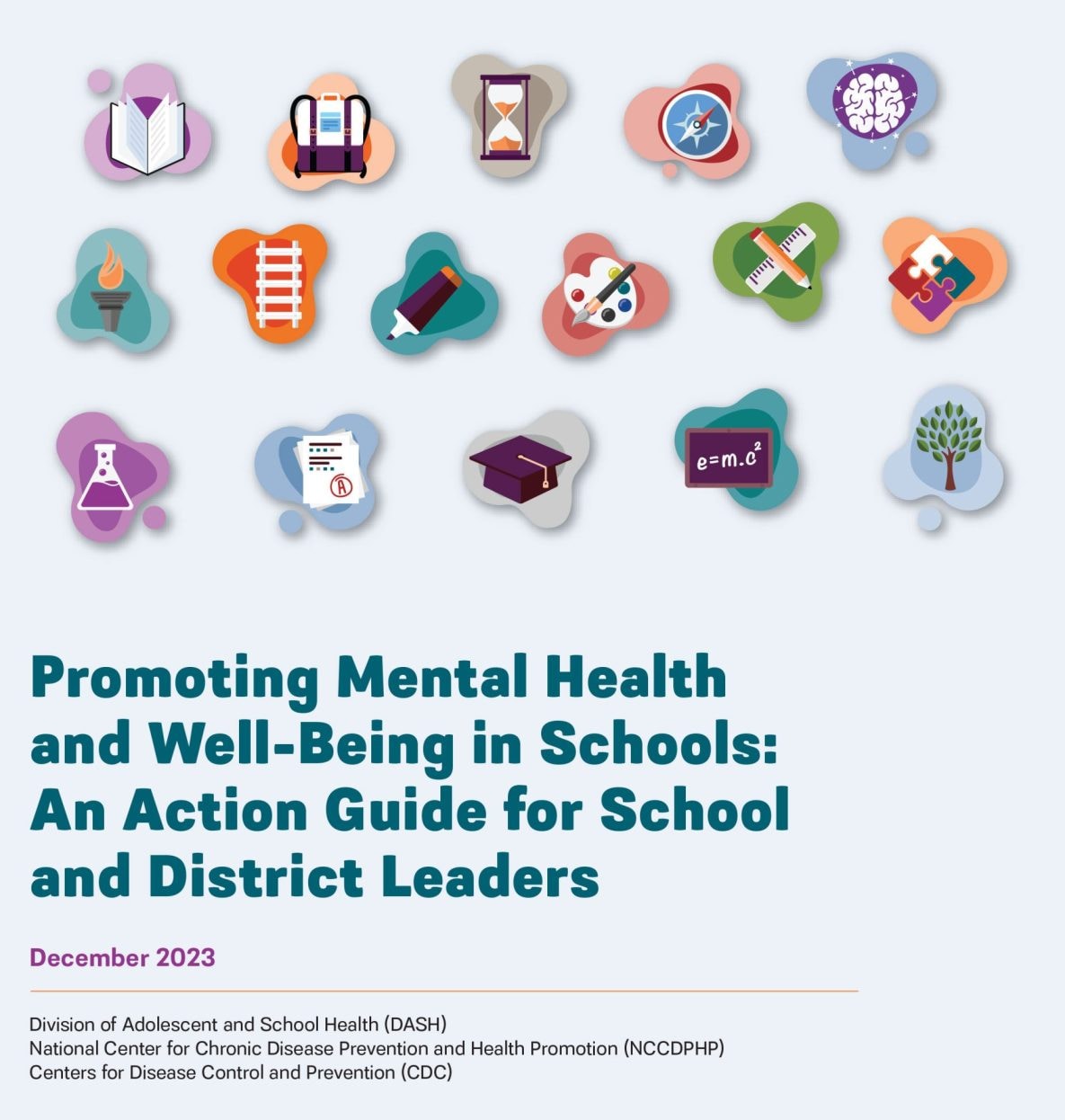Increase Students’ Mental Health Literacy
What to Know
Mental health literacy is having knowledge and understanding of mental health as well as skills that help people reach out for support when they need it. Mental health literacy means:
- Knowing how to develop and maintain good mental health.
- Reducing stigma (negative attitudes and beliefs) about mental distress and mental illness.
- Being aware of common mental health disorders and how they can be treated.
- Knowing how to get help for mental health concerns.
What Can Schools Do?
Focus on Equity
- Think about ways to make mental health support more available by partnering with local, state, and regional organizations and community-based groups. For example, find organizations with experience supporting diverse student populations and mental health providers who reflect the demographics of the students in your school.
- Consider how parents, caregivers, and community members view mental health and how these views might affect students’ ability to find or ask for mental health support. For example, include information about mental health in school newsletters and emails to connect mental health to academics and normalize information about mental health. Provide information to parents and caregivers using multiple formats (email, paper flyers, workshops, and guest speakers).
Support from school administrators is critical for implementing programs, practices, and policies to address mental health literacy. Specifically, leaders can:
- Identify ways to let teachers and staff know that they understand and support the need for programs, practices, and policies to increase mental health literacy.
- Create consistent guidelines and practices to support any type of mental health training, including mental health literacy training. For example, make sure that school staff know how to support students in distress, how to get help when a student has an immediate need for support, and how to communicate concerns to families.
- CDC’s Health Education Curriculum Analysis Tool provides guidance and tools to help schools select or develop quality health education curricula that supports behavioral and mental health across grade levels.
- The National Institute of Mental Health’s Resources for Students and Educators offer learning resources for students and teachers about mental health and the brain.

Want to Learn More?
For more details on increasing students’ mental health literacy, see Promoting Mental Health and Well-Being in Schools: An Action Guide for School Administrators [PDF - 3 MB]